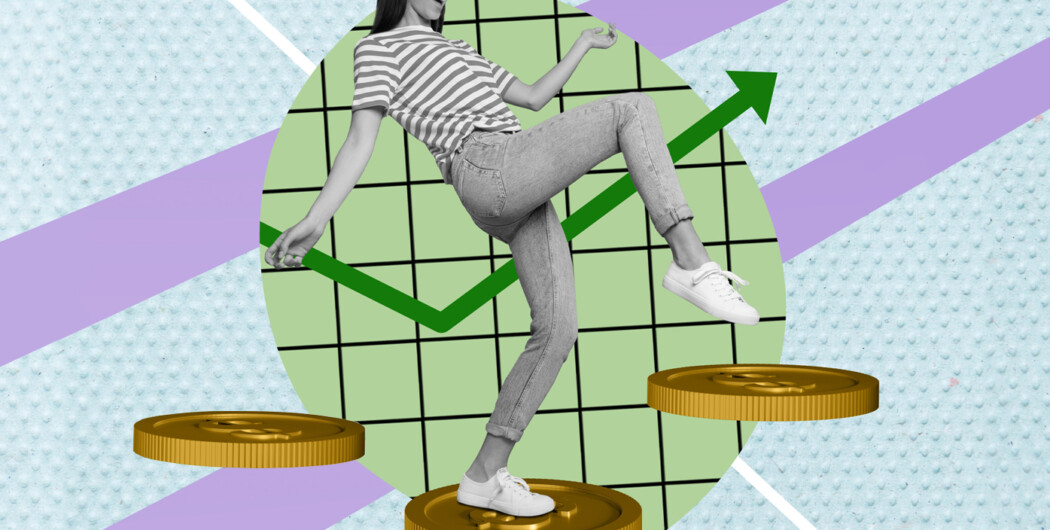

Don’t want to become a cautionary tale about wasting resources? Well, let’s first take a moment to explore the fascinating world of Osteria Francescana, a renowned restaurant led by innovative chef Massimo Bottura. He decided to create a unique menu using only ingredients that would have otherwise been wasted. Bottura collaborated with local food suppliers and farmers to rescue ingredients that were deemed unsellable due to cosmetic imperfections, surplus production, or approaching expiration dates.
Now, let’s apply the same approach to the realm of trading, where preserving and maximizing our initial deposits is paramount. To make this a more practical guide, here are 7 actionable tips that draw inspiration from the “zero waste” mindset.
1. Use limit orders

When placing a limit order, you set a specific price for buying or selling. If the market price reaches or exceeds your specified price, the trade is executed. From one perspective, it gives you more control over the execution price. From another perspective, this allows you to avoid making impulsive decisions based on short-term price fluctuations or emotions.
Remember to consider the current market conditions and liquidity when setting your limits. And you have to be realistic about the possible price levels for the order to be executed.
2. Consider using stop loss trailing
Stop loss trailing orders are a more advanced type of order compared to basic limit orders. But it doesn’t mean a beginner can’t use them.
Unlike limit orders that are fixed at a specific price, trailing SPs dynamically adjust their price level as the market moves in your favor. This means that if the price of an asset rises, the stop price will move up accordingly. This is a win-win for your first deposit and the account on the whole — you lock in profits as the price rises and minimize potential losses if the price reverses.
3. Monitor market correlations
When different markets or assets have a high positive correlation, they tend to move in the same direction. And vice versa — a high negative correlation indicates they move in opposite directions. By being aware of these correlations, you become better at identifying potential opportunities and risks.
For example, suppose you’re trading currencies and notice a strong positive correlation between two currency pairs. If you have an open position in one currency pair and observe a significant dip in the correlated pair, take this as a warning. Perhaps you need to close your position to protect capital.

4. Set daily and weekly limits

Don’t exceed your threshold of risk on any given day. When you do, you open yourself up to the potential for larger losses. These actions can put you on a dangerous path and quickly erode your deposit.
Similarly, set a cap on the total amount of risk you’re willing to undertake in a week. This weekly limit provides a broader perspective and helps you manage your trading activities over a longer time frame.
5. Keep trading costs in mind
Trading costs include brokerage fees, commissions, spreads, and other expenses associated with executing trades. These costs vary depending on the broker you use, the type of account you have, and the financial instruments you trade. If not managed effectively, these costs will have a significant impact on your overall trading performance and profitability.
6. Learn to cut losses early
Practice recognizing when a trade is not going as expected and taking prompt action to minimize potential losses. It’s simple logic — when you exit a losing trade sooner rather than later, you limit the amount of money at risk. This helps you protect your account and allocate your capital more efficiently to other potential opportunities that offer a better risk-reward profile.
As a bonus, you mitigate some of the emotional and psychological challenges associated with trading, such as succumbing to fear, hope, or ego-driven attachments.
7. Have an exit strategy

Promptly exiting losing positions is a key aspect of capital protection. Instead of clinging to hope or wishing for a sudden reversal, traders who implement their exit strategy with precision prevent extended drawdowns that gradually chip away at their account reserves.
Of course, the temptation to hold onto a losing trade in the hope of a sudden reversal can be overpowering. But no matter where you are in your trading journey, recognizing the signs of a failing trade and taking swift action makes a big difference. That’s a rational framework you want to implement right from the moment you deposit your first dollar.
What about your subsequent deposits?
When it comes to all the other deposits, it’s equally important to approach them with the same mindful and strategic mindset.
The pieces of advice from this article work not only for the initial deposit but also apply to trading in general. While you may become more confident and experienced over time, it may be valuable to recall how you felt and behaved at the start of your trading journey. This recollection will give you a boost of mindfulness and help you make careful decisions.
Sources:
Massimo Bottura Wants You to Stop Wasting Your Food, Time Magazine
How to Protect Your Trading Account (and Your Career), Day Trade The World







